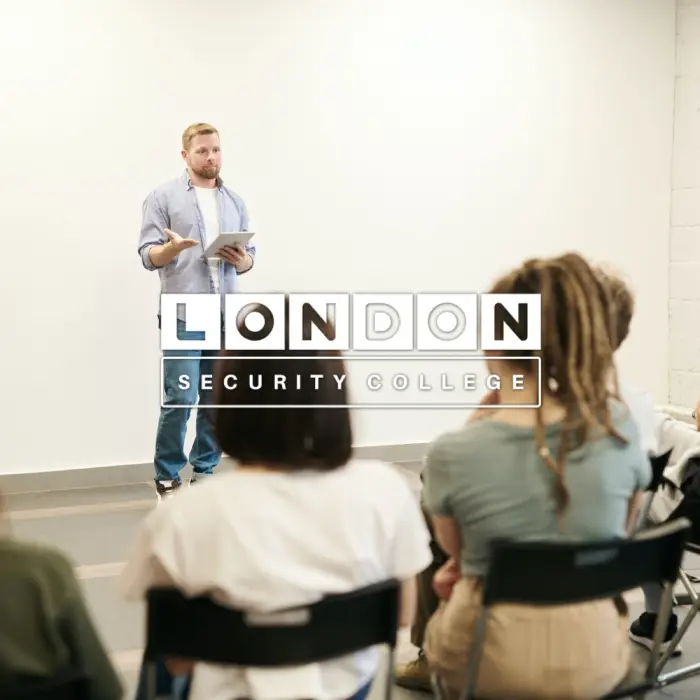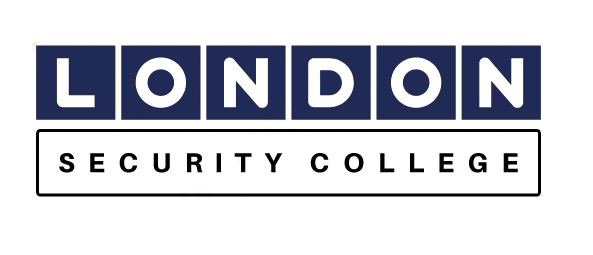Delegates will be tasked to provide one written assignments and one presentation / Demonstration of the technique. Full tutor support will be provided during the learning phase.
Technical skills and under-pinning principles relating to physical intervention techniques. Delegates will be taught how to deliver a range of primary and secondary control skills, pressure point applications and control. Additional techniques such as balance displacement methods, muscular dysfunction tactics and breakaway methods will also be taught.
Guidance





